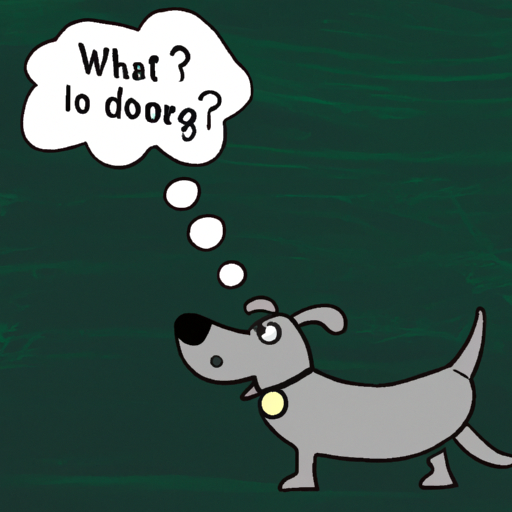Understanding The Basics
The wag of a dog’s tail is more than just a swing of joy. It’s a complex system of communication. Think of it like a language – a language that you, as a caregiver, can learn to understand.
- Left or Right: Dogs wag their tails to the right when they’re happy and to the left when they’re frightened. This might seem like a minor detail, but it can give you a clearer understanding of your pet’s emotions.
- Speed of the Wag: A fast wag usually indicates happiness and excitement. On the other hand, slow wags can denote insecurity.
- Height of the Wag: A high wag often shows dominance and confidence, while a low wag could imply fear or submission.
The Science Behind the Wag
The wagging of a dog’s tail is controlled by their autonomic nervous system – the part of the nervous system responsible for controlling unconscious actions like breathing and heartbeat. This means that dogs don’t have full control over their tail wagging, making it a clear and honest indicator of their emotions.
Here’s a table to help you decode your dog’s tail wag:
| Position | Meaning |
|---|---|
| Right | Happy |
| Left | Frightened |
| Fast | Excited |
| Slow | Insecure |
| High | Dominant |
| Low | Submissive |
Tail Wagging and Other Dogs
Tail wagging isn’t just a way for dogs to communicate with humans, it’s also their way of interacting with other dogs. Dogs can understand the tail language of their fellow canines, and they often use it to determine whether they should approach or stay away.
Tail Wagging and Health
A change in your dog’s tail wagging can sometimes indicate health issues. For example, a limp tail could mean that your dog is in pain or discomfort. Therefore, keeping an eye on your dog’s tail wagging can also be a way to monitor their health.
Decoding the Wag
Decoding your dog’s wag can be a fun and enlightening experience. It helps you understand your pet better and strengthen your bond. Remember, every dog is unique, so your pet’s tail language might vary slightly.
FAQ
Q: Can all dogs wag their tails?
A: Yes, all dogs can wag their tails, but the style and intensity of the wag can vary depending on the breed.
Q: What if my dog’s tail wagging changes suddenly?
A: A sudden change in tail wagging could indicate a health issue. It’s best to consult a vet in such cases.
Q: Does my dog wag their tail when they are alone?
A: Most likely not. Tail wagging is a form of communication, so if there’s no one to communicate with, dogs usually don’t wag their tails.
Q: Can cats understand a dog’s tail wagging?
A: Not really. Cats and dogs have different communication styles, and a wagging tail means something entirely different in cat language.



